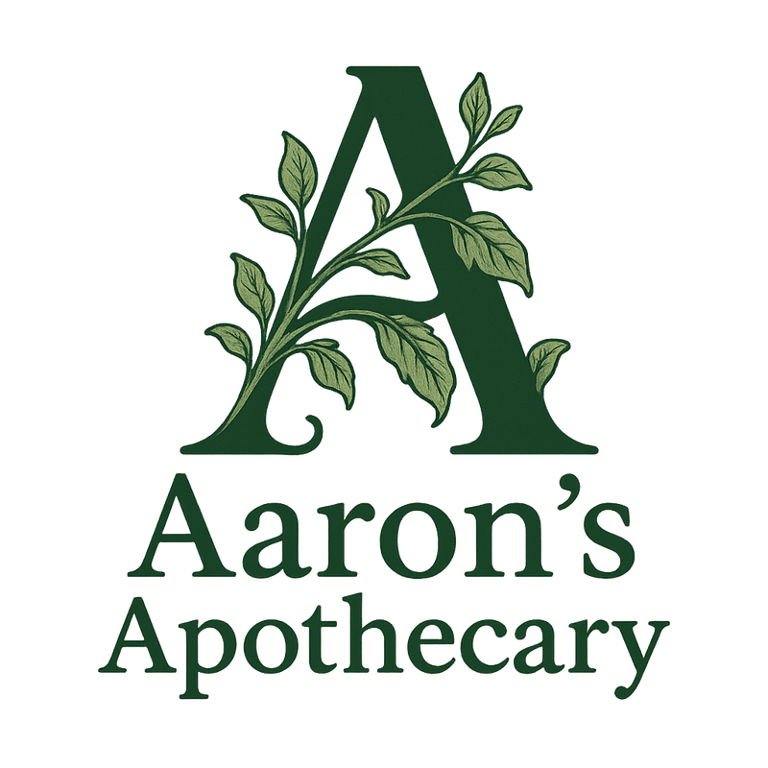After-Wash Rescue Salve (Poison Ivy & Rashes) — Plantain, Calendula, SJW + 10% Zinc Oxide
De-ivy first, then soothe. Make a plantain–calendula–St. John’s wort salve with 10% zinc oxide for post-wash comfort, smart safety, and simple use steps.
KITCHEN HOW-TOS
9/3/20252 min read
After-Wash Rescue Salve (Poison Ivy & Itchy Rashes)
Plantain + Calendula + St. John’s Wort + 10% ZnO
De-ivy first, then soothe: a barrier salve that won’t trap the trouble.
Key takeaways
First, de-contaminate: soap + plenty of water (or rubbing alcohol) ASAP; wash clothes/tools too.
This salve is for clean skin after washing—it soothes, lightly dries and adds a zinc-oxide barrier.
Core combo: plantain + calendula + St. John’s wort infused oils with 10% non-nano zinc oxide.
Use thinly 2–4×/day; for very weepy skin, start with compresses before salve.
Safety: avoid strong sun on treated skin (SJW is photosensitizing) and don’t use on deep/open wounds.
What it is & when to use it
A post-wash rescue salve for contact dermatitis (including poison ivy) after you’ve removed urushiol. Think soothe + protect: the oil phase calms; zinc oxide adds gentle drying and a breathable shield.
Why these ingredients (the short, honest version)
Plantain (Plantago major) — “the itch whisperer”
Traditionally used for bites/itches; early human/animal data support anti-inflammatory and skin-repair signals.
Calendula — “comfort + repair”
Mixed but encouraging human evidence (esp. irritated/induced dermatitis models); reliably well-tolerated.
St. John’s wort (Hypericum perforatum) — “careful comfort”
Classic topical soother; hypericin is photosensitive → use smart sun habits (see Safety).
Zinc oxide (10%) — “the helpful white coat”
Skin-protectant range is 1–25%; at 10% it’s comforting, mildly drying, and nicely occlusive without being greasy.
How to make it (100 g batch)
Ingredients
30 g calendula-infused oil
30 g plantain-infused oil
18 g St. John’s wort–infused oil
12 g beeswax pastilles (firmer feel: 14 g; softer: 10 g)
10 g zinc oxide, non-nano, uncoated (powder)
Optional: 0.5 g vitamin E (antioxidant)
Method
Melt the three oils + beeswax together over a gentle double-boiler until clear.
Cool to ~60 °C / 140 °F, then slowly whisk in zinc oxide (mask on; avoid dust). Stir silky-smooth.
Test-set a drop on a chilled spoon. Adjust wax ±1–2 g if needed.
Pour, cool, cap, label (name, date, batch).
Use: very thin film, 2–4×/day on already-washed skin.
Variations
Vegan: swap beeswax for candelilla at ~60–70% of the beeswax amount; test-set.
Extra-drying: take ZnO to 12–15% for weepier patches (whiter cast, stronger dry-down).
Shelf life: 6–12 months cool/dark (oil-only; vitamin E helps).
Safety & who should skip it
Don’t trap urushiol: use only after a proper wash (soap + water or rubbing alcohol).
Sun sense: avoid strong sun/UV on treated areas for several hours (SJW photoreactive).
Escalate: face/genitals, widespread rash, infection signs, or no improvement → clinician; moderate–severe cases may need topical or oral steroids.
General: avoid deep/open wounds; patch-test if sensitive; ask a pro if pregnant/breastfeeding or on light-sensitizing meds.
Grow & harvest (for your oil infusions, Zones 4–6)
Plantain: volunteer champ; harvest clean leaves.
Calendula: sun; pick vibrant petals, dry gently.
St. John’s wort: flowering tops for that ruby-red oil
Author: Aaron Peterson • Last updated: Sept 3, 2025 • Ottawa, Canada
Wellness
Explore herbal guides and wellness products online.
Contact
© 2025. All rights reserved.
